Detroit Autorama Is Not Just for Motown Muscle; It’s for McLaren, MG, and Miata, Too
One could be excused for assuming that the Detroit Autorama, home to the prestigious Ridler Award, is primarily focused on American cars. The show was established in the ’60s, years before imported automobiles comprised large fractions of the new-car market in the United States. The hobby and the industry surrounding customs and hot rods, the stars of Autorama, started in the 1950s, based on used-up prewar cars like Model Ts and Model As. More than a half-century later, custom cars are still typically based on vintage and older-model American cars. Also, the show is in Detroit.

If my memory serves me well, Detroit Autorama has only presented the Ridler to one vehicle that comes close to being foreign-made: Ferrambo, a 1960 Rambler station wagon finished in Rosso Corso red, with a mid-engine Ferrari 360 drivetrain and suspension. It won the Ridler in 2008.
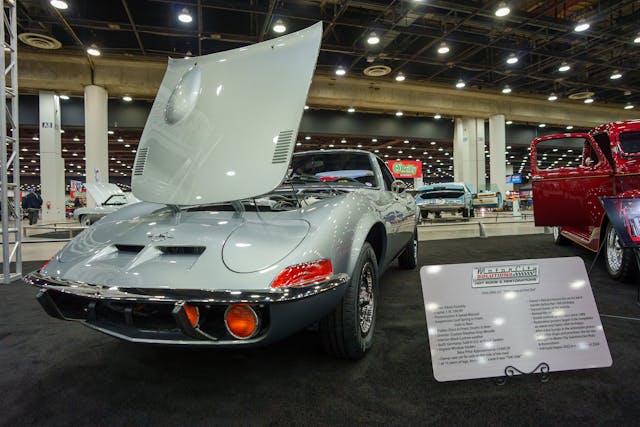
The Detroit Autorama, though, is still reflective of the automotive community of Detroit (and the United States) at large, from rat rods in the basement of the former Cobo Hall to the million-dollar “checkbook customs” that are most competitive for the Ridler Award. Autorama entrants include plenty of folks who daily drive, collect, or customize cars built outside the borders of the good ol’ US of A. Contrary to the notion that foreign cars are not welcome, Detroit Autorama actually has a number of award categories for non-domestic brands.
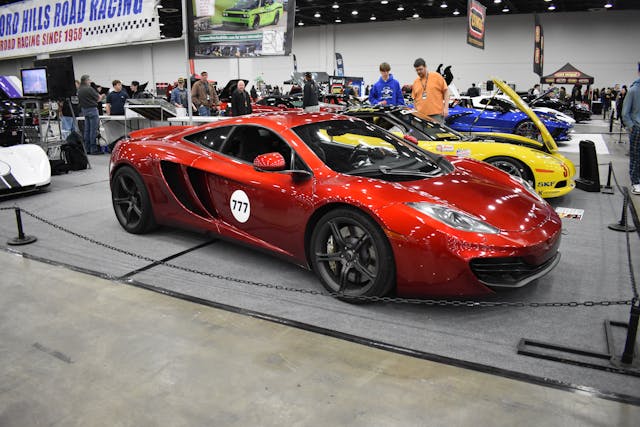
While waiting for the judges to announce the selection of Ridler finalists, also known as The Great Eight, I was able to find a pretty wide variety of imported cars, ranging from humble VW Beetles (made considerably less humble) to more exotic machinery like a McLaren and several M-series BMWs.

When it comes to custom cars, I’m a bit of a purist about brand-correct engines. Don’t get me started on replacing the inline Jaguar “XK” six-cylinder engine, perhaps the only reliable major component on a vintage Jaguar (I owned a Series III XJ6), with a small-block Chevy (SBC). Ford made some fine small-block engines in Cleveland and Windsor. Those engines even won in TransAm against Camaros powered by SBCs, so there is no need to put another LS V-8 in a non-GM car. I’ll make an exception for this drag-racing Volvo 240 wagon, wearing V8LVO plates, that has run the quarter mile in less than six seconds. Credit must be given where it is due: The Volvo B21 engine is legendarily stout, but I don’t think it can run in the fives.
I do, however, appreciate clever and thoughtful engine swaps like Ferrambo or the V-10, Viper-powered Karmann Ghia at Autorama in 2013. I was happy to see that all but one of the Beetles at this year’s Autorama were powered by horizontally opposed air-cooled engines mounted in the back of the car.

Speaking of air-cooled engines mounted in the back of the car, right next to Kevin Byrd’s 1990 BMW M3 there was a Manx SR2, Bruce Meyer’s design for a sports roadster to complement his Manx dune buggy. While it was made in the United States, the roadster was powered by a VW Beetle engine, so I’m including it. The Manx SR2 has flip-up, scissor-style doors that many folks call “Lambo doors”; but the SR2 was introduced in 1970, a few years before Lamborghini launched the Countach, the first Lamborghini with Lambo doors.
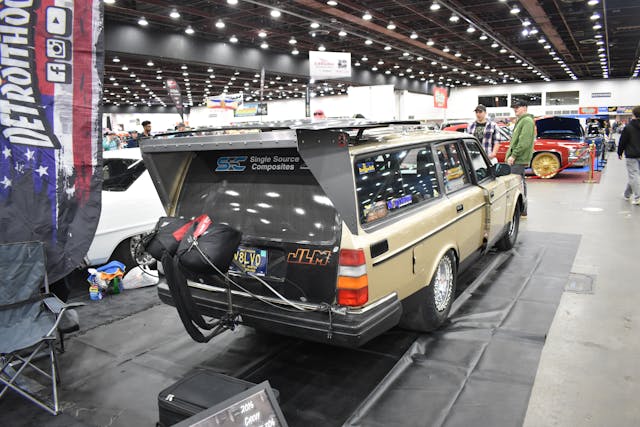
My favorite foreign car at this year’s show was a near-complete rethinking of the E-Type Jaguar called “My Type,” built by Mike Clarahan in his home garage with traditional metal hand-shaping methods, with some design help from Murray Pfaff of Pfaff Designs. Clarahan sculpted clay and foam molded onto a basketcase E, made cardboard templates from the final shape, and used those templates to cut plywood panels for a wooden buck over which he could shape aluminum and steel panels. Only the roof and rear deck remain from the original ’67 donor car. I like how the result is obviously a widebody E-Type—that also nods to other important Jaguars like the D-Type, XKSS, and the XJ13, including riveted body panels. My only quibble is with the current powerplant, a Chevy V-8 with dual quads; but Clarahan plans on replacing that with a more brand-appropriate Jaguar V12.
Enjoy the gallery.


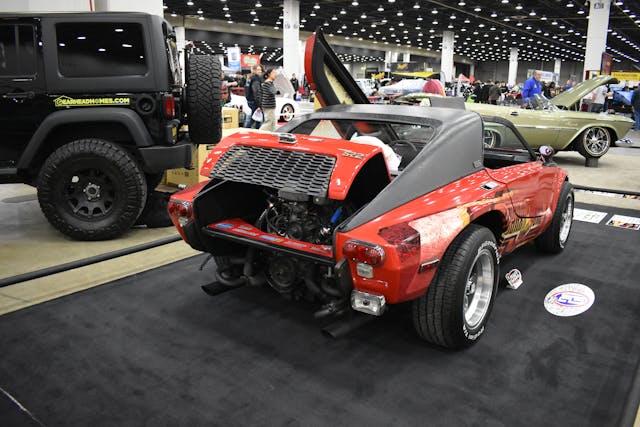

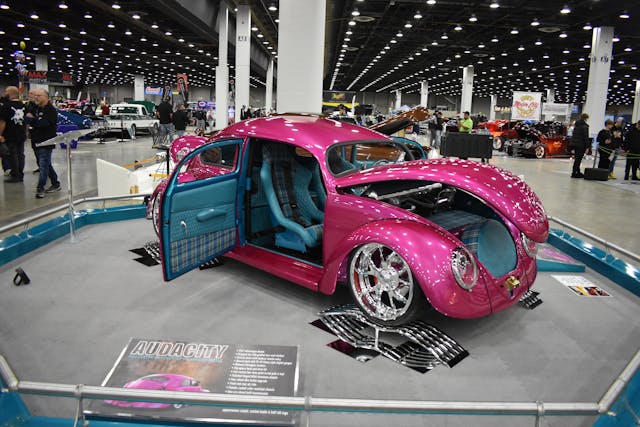
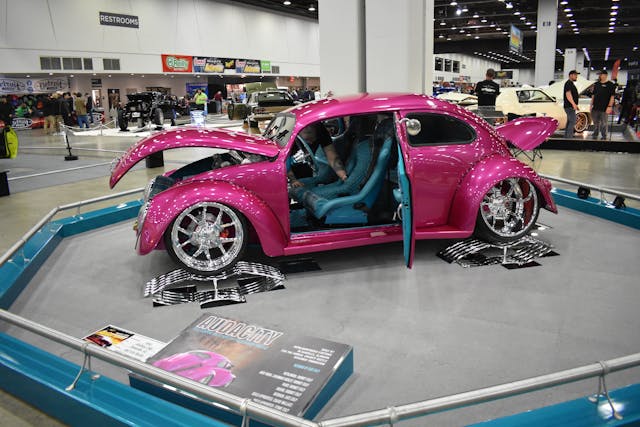
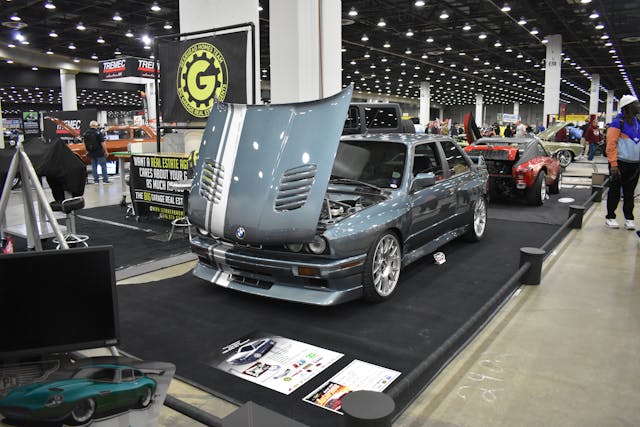
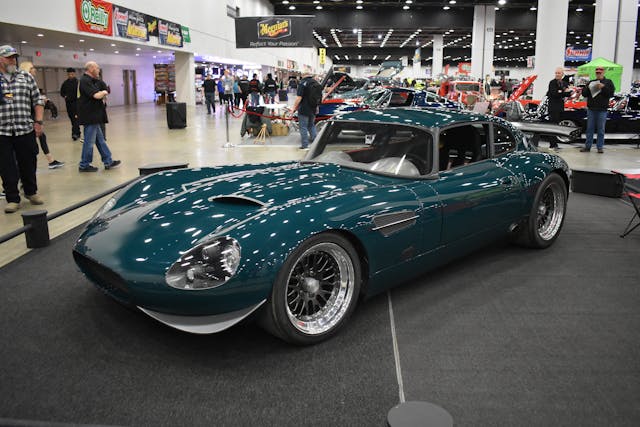
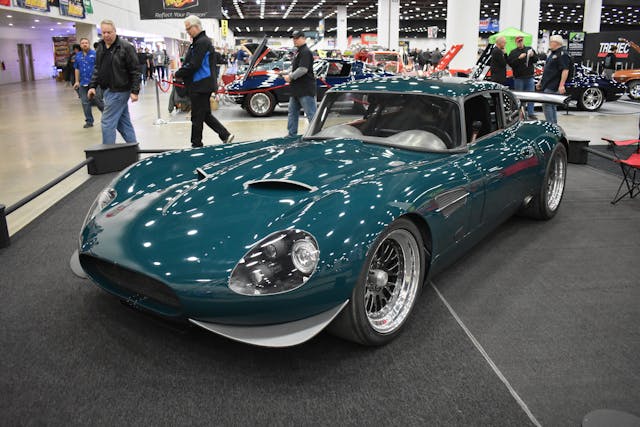
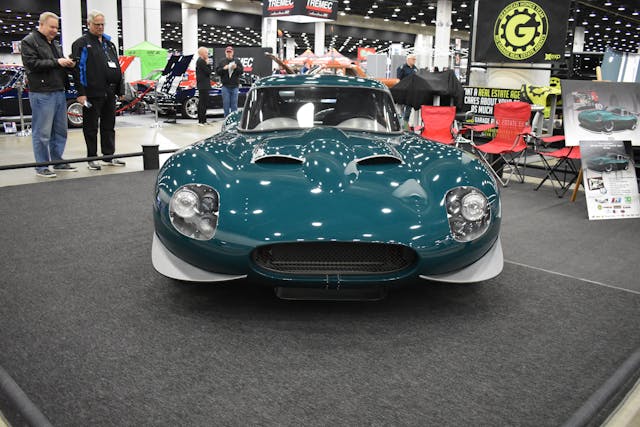
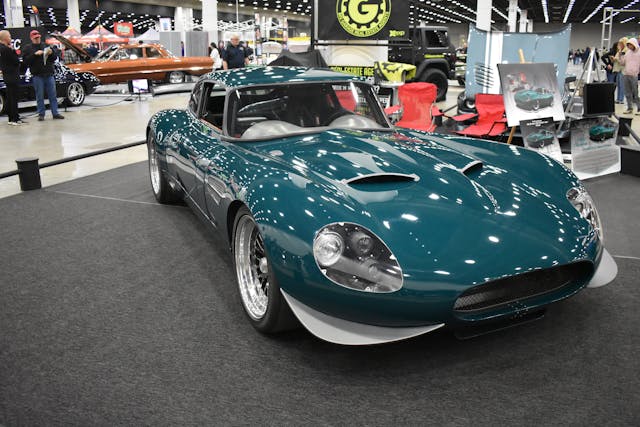

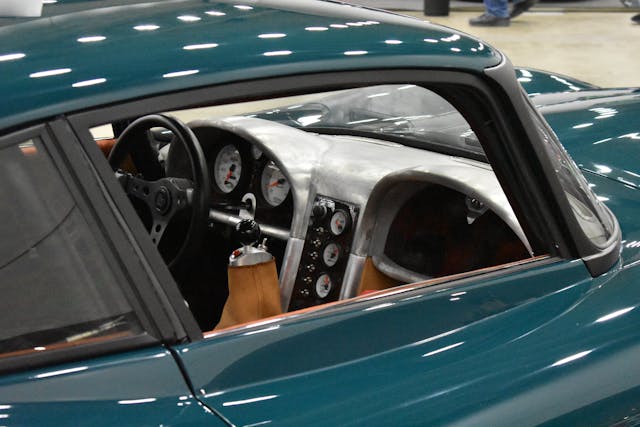
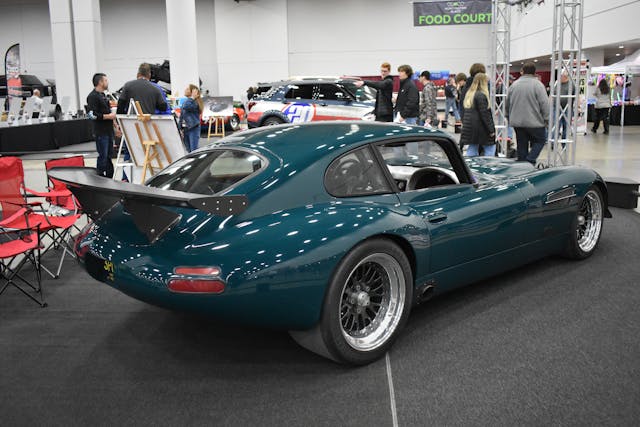
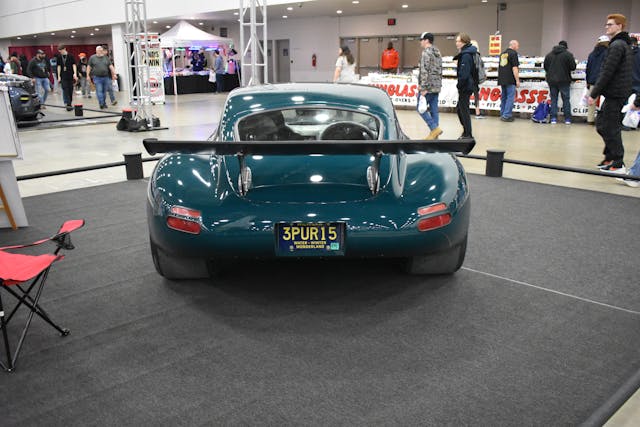



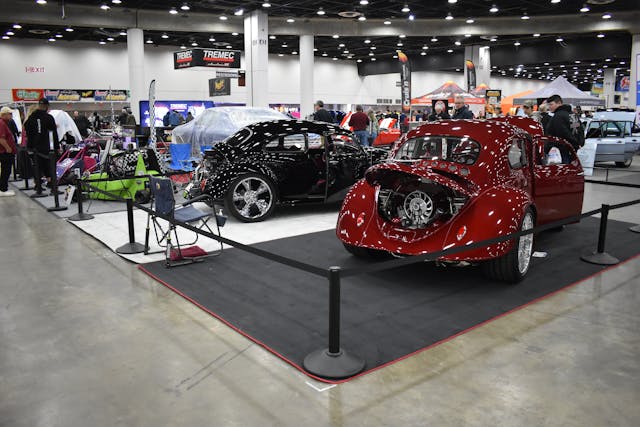
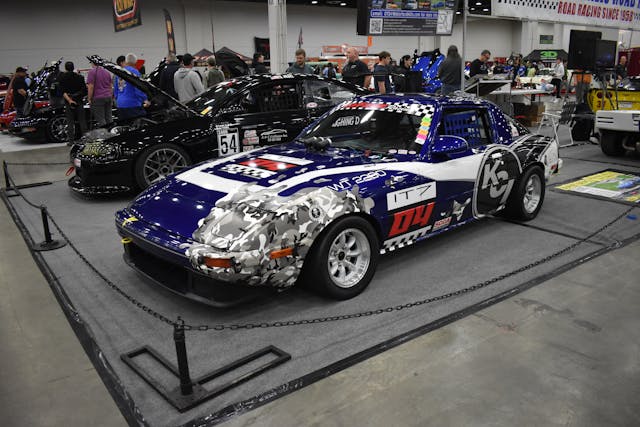

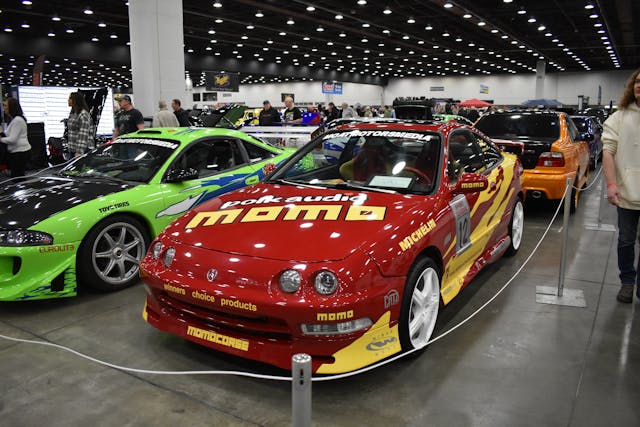
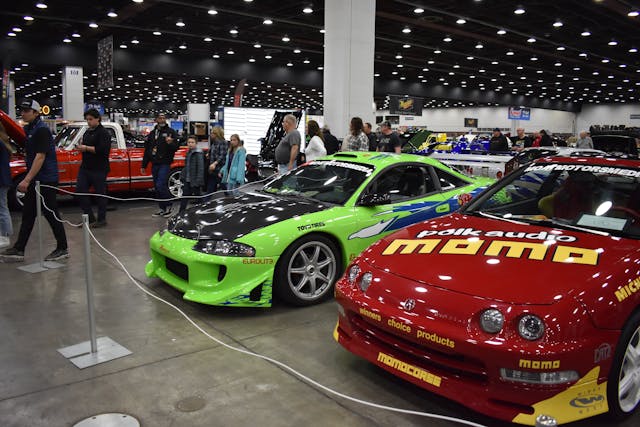
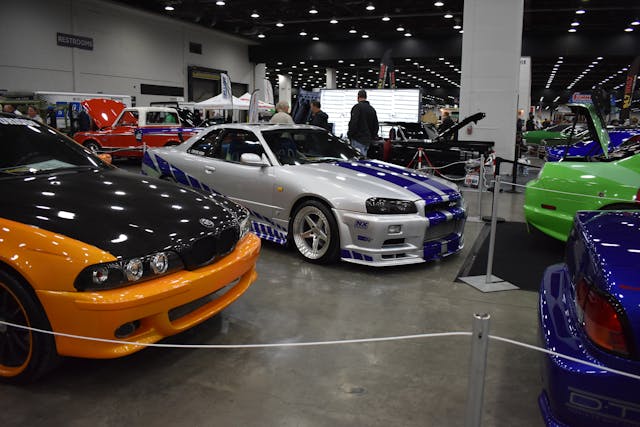

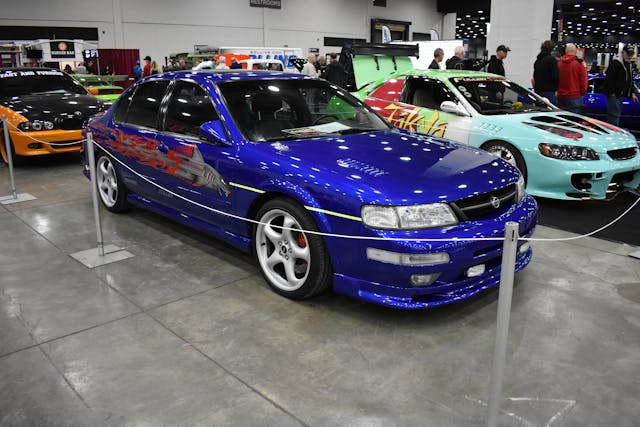

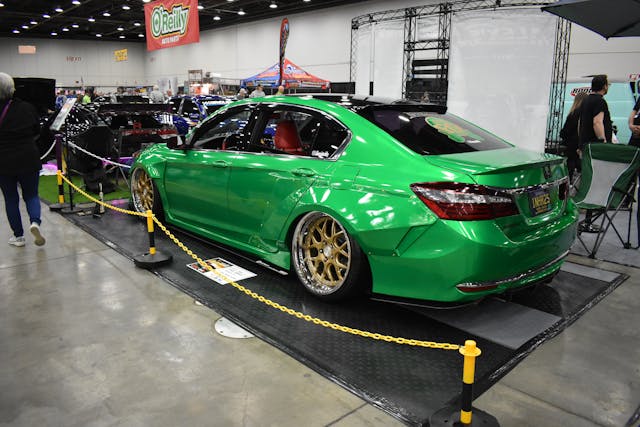


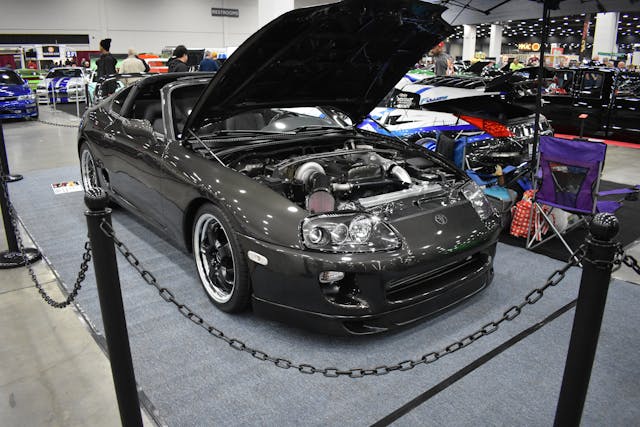
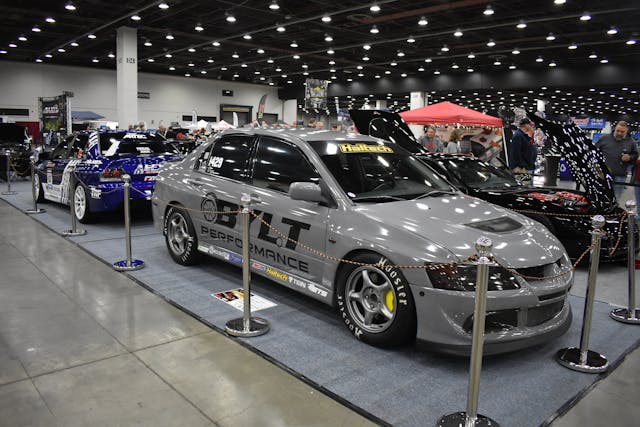
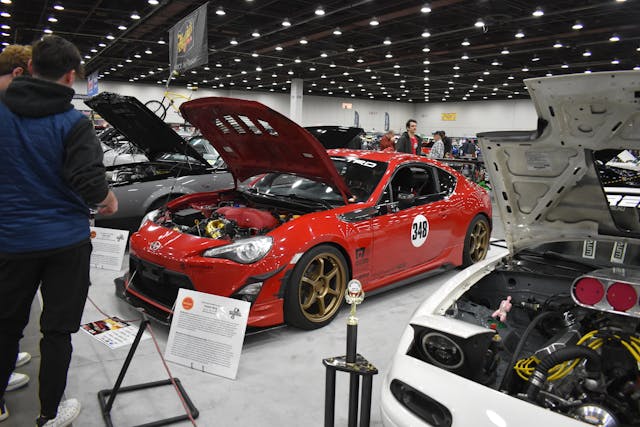
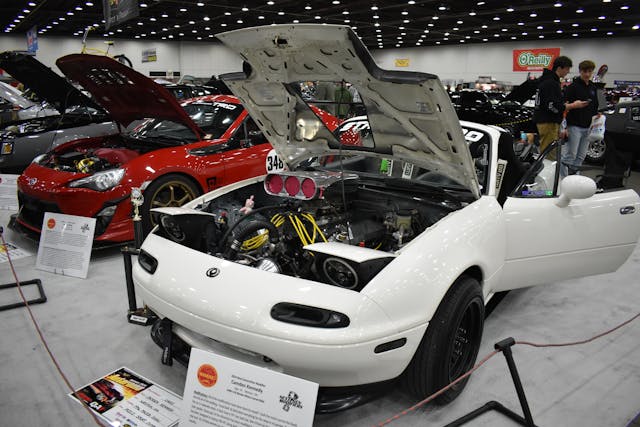



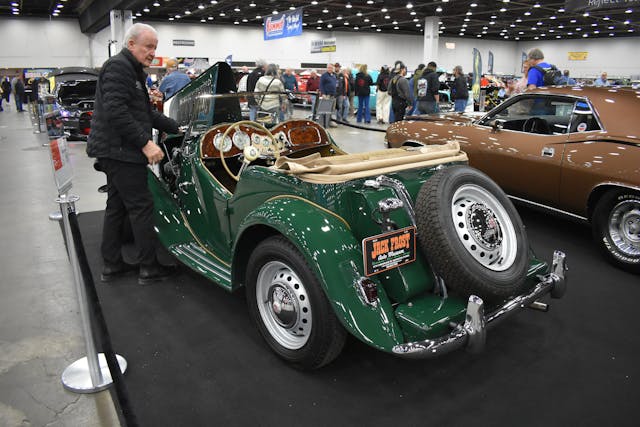
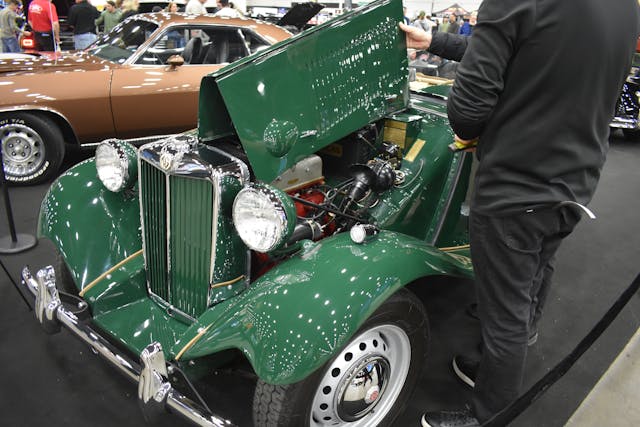


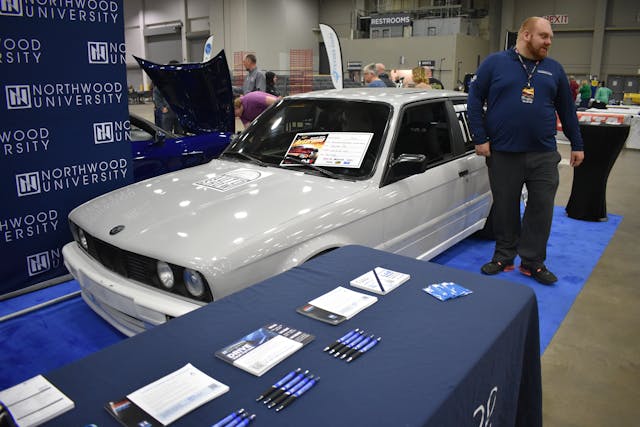

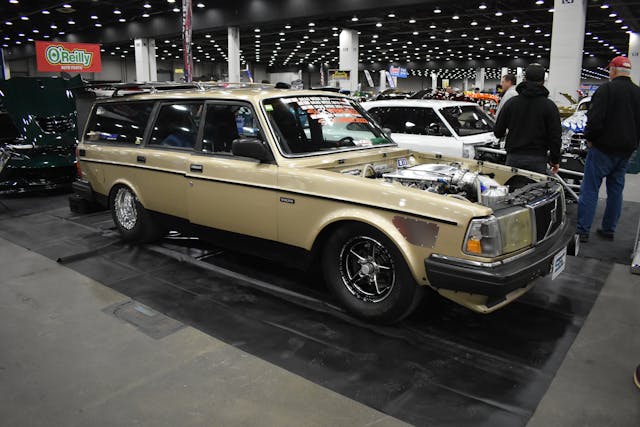

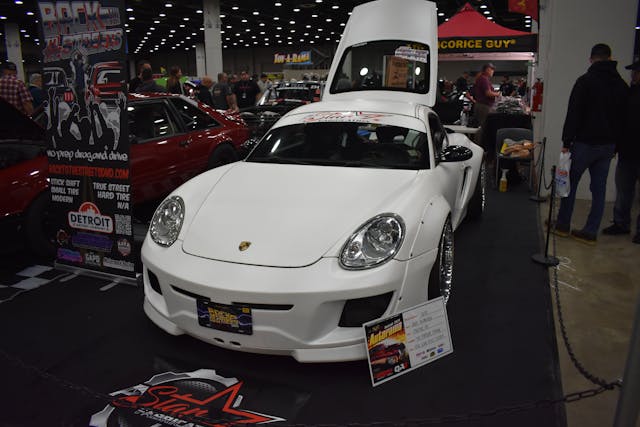
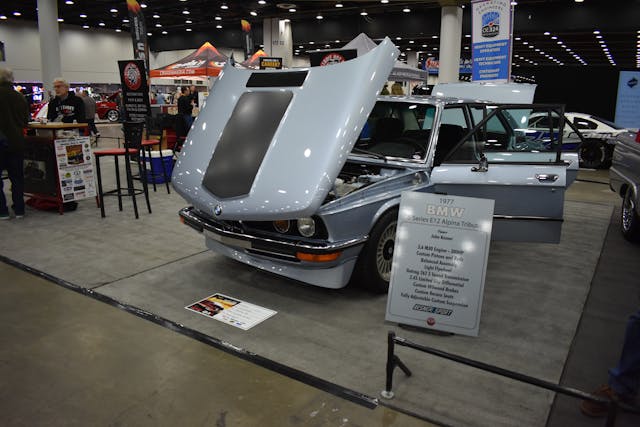
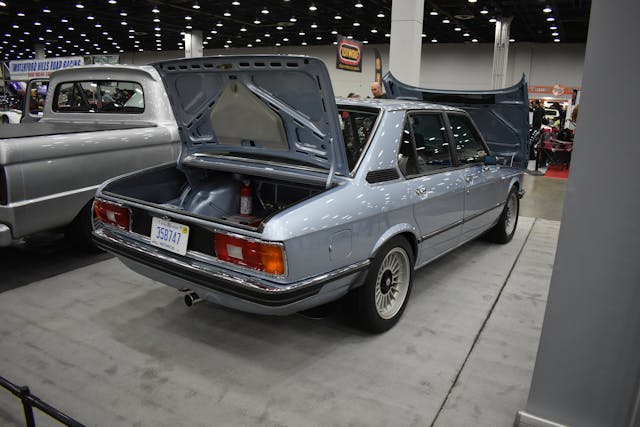
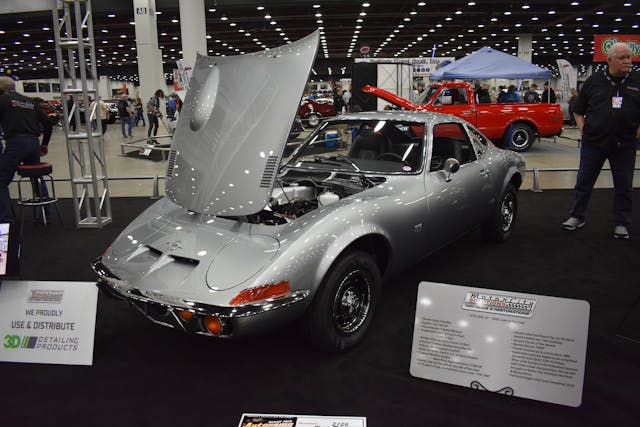
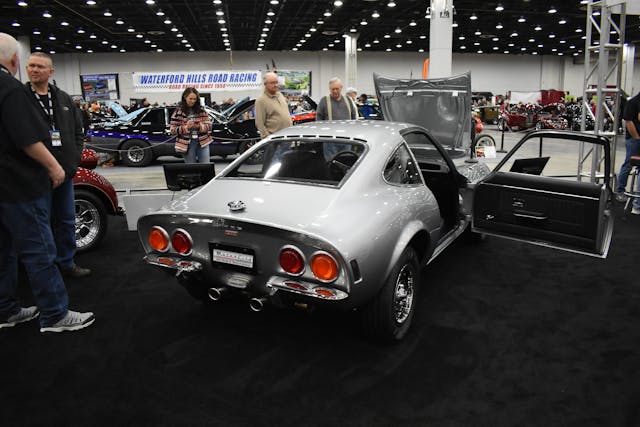
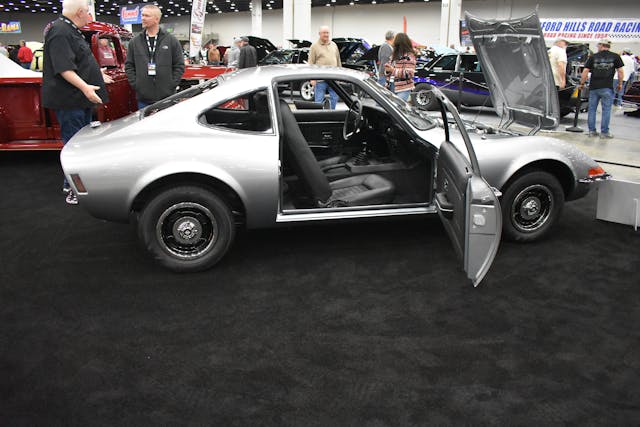
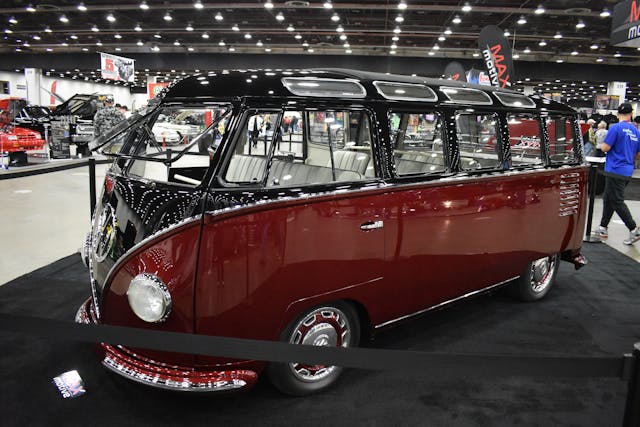
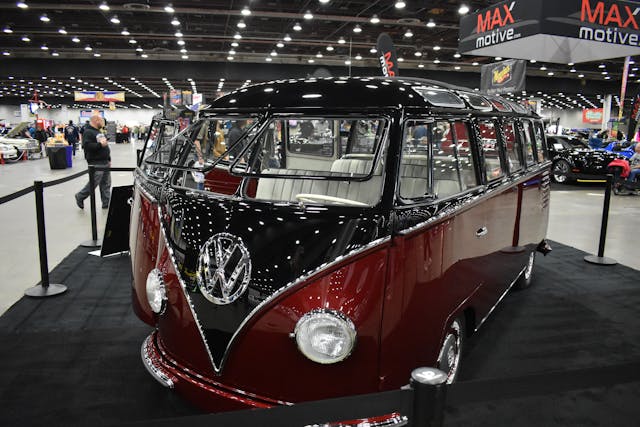
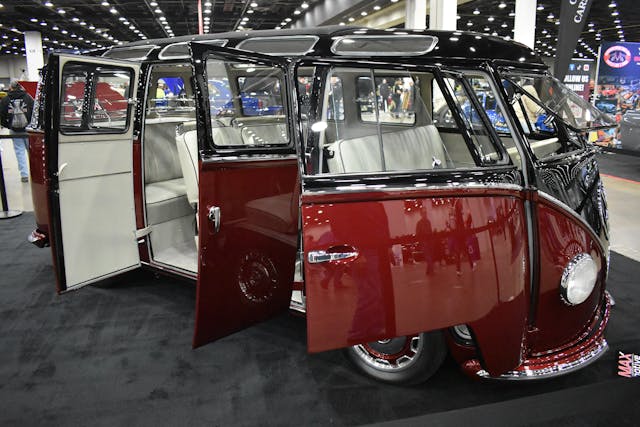
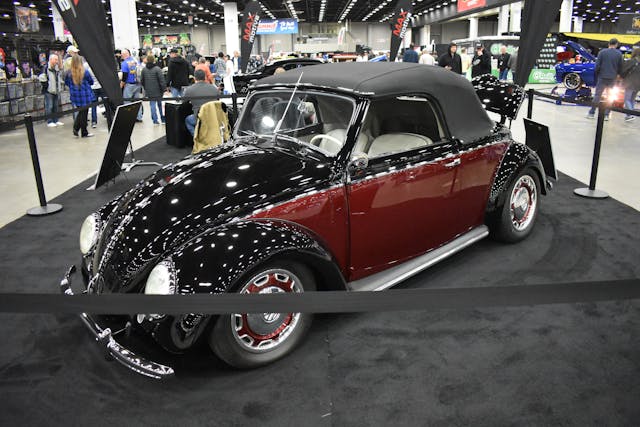
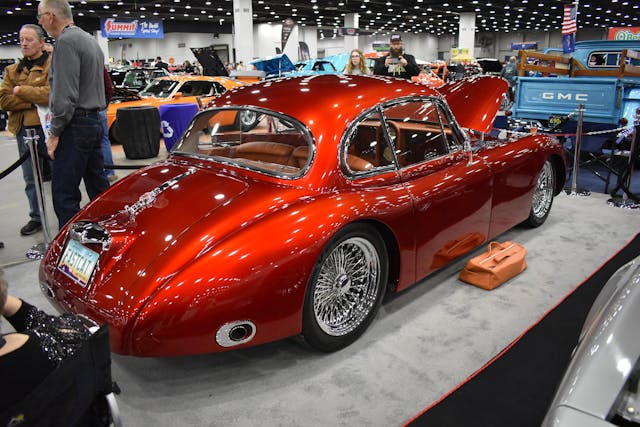
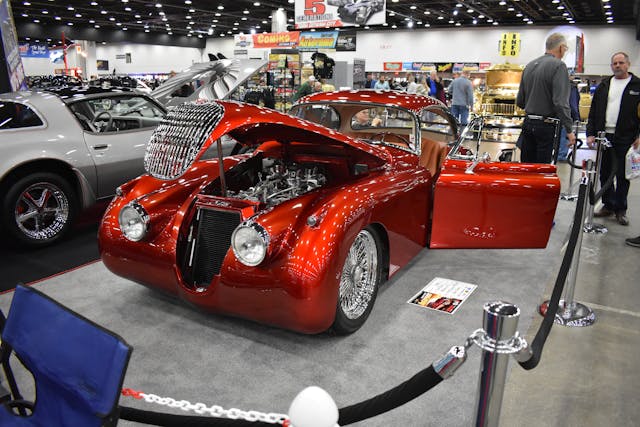
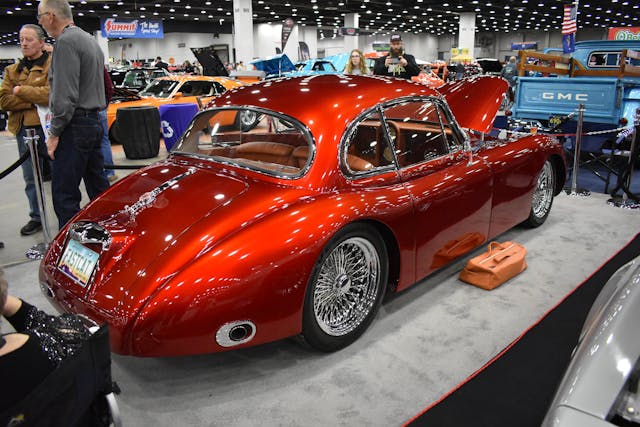

***
Check out the Hagerty Media homepage so you don’t miss a single story, or better yet, bookmark it. To get our best stories delivered right to your inbox, subscribe to our newsletters.



I, too, owned an XJ-6, a ’76 Coupe, the most beautiful frustration of my life (after my first wife, of course.) The Lucas electrical systems must have been made of that de-humidifying stuff that comes in electronic packages.
If you had a “…reliable XK engine” you are in the minority, sir. We spent more time fiddling with silly SU’s that refused to stay adjusted and Lucas ignition systems that would only send a spark when a plug wire was inadvertently touched when trying to see if it had spark because it wouldn’t start (again!) These experiences came through two different shops before I assumed command at the family operation. A Chevrolet engine in a Jaguar made them easier to drive, kept the repair costs down and made the owners happy.
Wow no mention or pictures of the best car there? The GM Gold 50 Millionth 55 Belair Replica, I seriously question this authors Automotive tastes!
Sad thing is that most people just walked by not know the hours or shaping and true metal work that went into this car , I don’t think I would change a thing ….